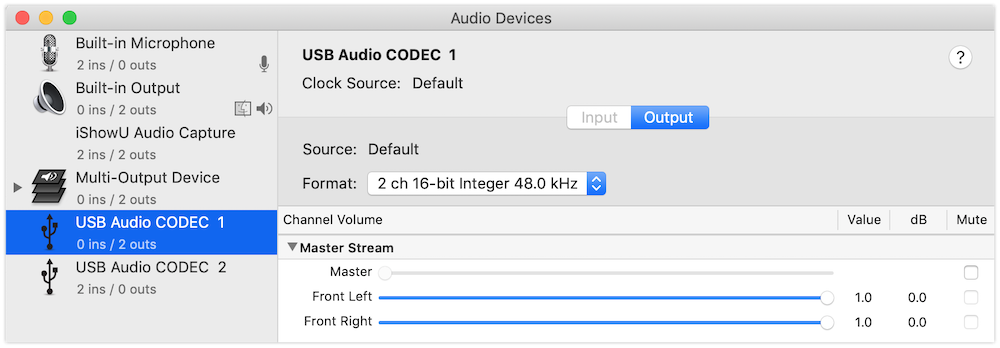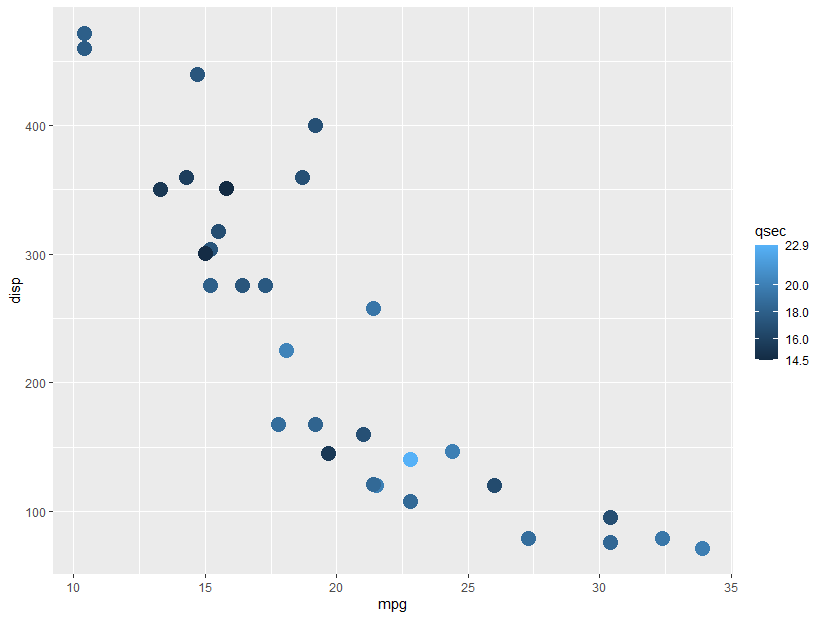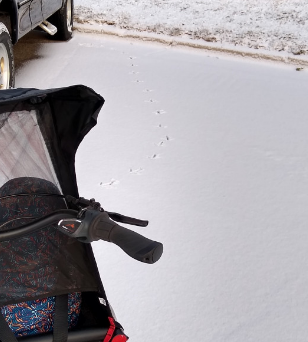I may add to these notes, but a key one was to make sure to give WSJT-X access to the microphone, even when using a USB cable to control the rig. Thanks to K3DCW for the tip.
I presume that you have a checkmark in the box labeled “PortAudio” next to the USB Audio CODEC device selectors. If so, then the only other thing that I can think of is that you haven’t given macOS permission to access your “microphone.” Many of these programs see/treat that USB Audio CODEC as a microphone input and failing to give it access to your “microphone” will cause it to not hear a thing. Go to the Security & Privacy pane and make sure that Fldigi has access to the microphone.
I also have iShowU Audio Capture installed (for OBS screen recording), which I thought might have been the problem. Here are my current working audio settings (Audio Midi Setup).
 The rest of the settings described here work out well for connecting the IC-7300 and my MacBook Pro.
The rest of the settings described here work out well for connecting the IC-7300 and my MacBook Pro.
To get the gain right in the software, I used the RF Gain knob on the IC-7300. There is a way to adjust this in the settings but I can’t find it at the moment. It’s the ACC/USB AF Output Level setting under MENU>SET>Connectors (make sure you scroll up and down the menu items as needed). All suggestions are to get the bar in WSJT or JTDX to about 30 dB.




